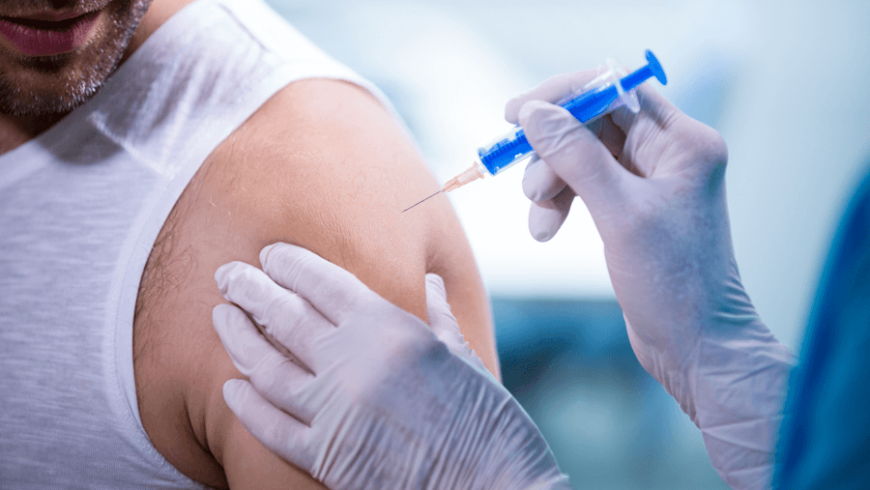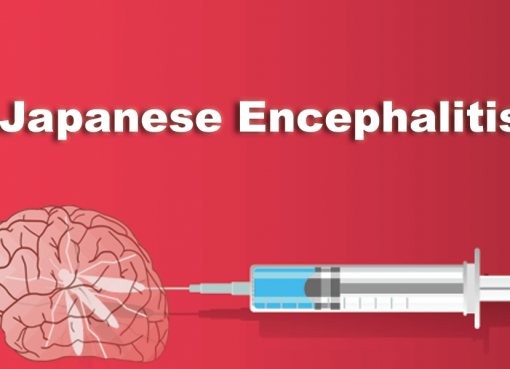A hospital-acquired infection (HAI), also known as a nosocomial infection, is an infection that is acquired in a hospital or other health care facility. An infection is considered nosocomial if it develops in a patient who has been hospitalized for 48 to 72 hours and the same infection was not present at the time of admission. The CDC (Center for Disease Control and Prevention), USA estimated that nosocomial infections contribute 0.7 to 10.1% of deaths and cause 0.1 to 4.4% of all deaths occurring in hospitals. According to members of Hospital Infection Society (HIS), India, around 10-30% of patients admitted to hospitals and nursing homes in India also acquire nosocomial infections as against 5% in the West. Compared to the advanced countries, in developing countries the risk of HAIs is 2-20 times higher. Hospitals provide a breeding ground for drug-resistant bacteria which can be transmitted to the patients due to poor hygienic condition of the hospitals. Infection is spread to the susceptible patients in the clinical setting by various means. Health care staff themselves can spread infection in addition to contaminated equipment, linens or by air droplets. The infection can originate from the outside environment, other infected patients or from the infected attendants and staff. In some cases after surgery or other procedures, the patient may get the infection from their own skin due to opportunistic organisms, which compromise the protective skin barrier. Hospitals in India have a high burden of infections in their intensive care units (ICU) and general wards, many of which are resistant to antibiotic treatment, according to a report by Global Antibiotic Resistance Partnership (GARP). Most of the hospitals do not follow infection control practices and this leads to the spread of nosocomial infections.
Transmission:
Many factors are responsible for transmission of HAI. The important factors are-
-
Airborne– Some disease like tuberculosis, rubella, influenza, common cold, mumps, SARS, whooping cough, etc. are transmitted through coughing by the infected individuals. The agents are spread via droplet nuclei that contain the infective microorganisms. These organisms remain suspended in the air for long periods of time and healthy individual may get infected during respiration. When patients with active pulmonary TB cough, sneeze, speak, sing or spit, they expel infectious aerosol droplets that are 0.5 to 5.0 µm in diameter. A single sneeze can release up to 40,000 such droplets. Each one of these droplets may transmit the disease, since the infectious dose of tuberculosis is very small.
-
Contact transmission – This is the most important factor responsible for transmission of nosocomial infections. Direct contact with infected persons, doctors, nurses or any other medical worker involved in treatment of the infected persons may act as potential source infection in healthy individuals, if they do not wash their hands properly.
-
Vehicle transmission– Some microorganisms are transmitted to the individuals by contaminated items such as food, water, equipment, medications, etc.
-
Vector borne transmission– Any agent that carries and transmits an infectious pathogen into another living organism is called a vector. Most agents regarded as vectors are organisms, such as intermediate parasites or microbes, but it could be an inanimate object also. Arthropod vectors like mosquitoes, flies, sand flies, lice, fleas, ticks and mites may transmit a huge number of pathogens to susceptible hosts.
Causative agents of Hospital acquired infections–
Bacteria are the main causative agent of HAI. Bacteria alone cause about 90 percent of these cases. Other organisms like virus, fungi and parasites are also responsible for HAI. Bacteria, fungi and viruses spread mainly through person-to-person contact. HAI cases also increase when there is excessive and improper use of antibiotics. This can lead to bacteria that are resistant to multiple antibiotics.
Individuals at risk for HAI infection-
Any individual admitted to hospital may be at risk for getting HAI. In a general ward or ICU, a patient suffering from respiratory disease like Tuberculosis may be a source of spread of the infection to others. Prolonged use of antibiotics by a particular patient may lead to development of Methicillin-resistant Staphylococcus aureus (MRSA). This organism creates several difficulties to treat infection in human. MRSA is common in hospitals and nursing homes. People with open wounds or invasive devices such as catheters, those with an weakened immune system and the ICU patients are at greater risk of getting infected with MRSA.
Diagnosis of nosocomial infection–
New symptoms which may appear in patients at the hospital but not present during the time when admitted are an indication of a nosocomial infection. If a new symptom appears within 48 hours of admission of the patient to a hospital, 3 days after discharge or 30 days after an operation, it should be intimated to the doctors.
Prevention of nosocomial infection-
To control nosocomial infections in hospitals and healthcare facilities, the staff should follow the recommended guidelines for sterilization and disinfection. Hospitals should have stipulated sanitation protocols regarding uniforms, equipment sterilization, washing and other preventive measures.
Measures taken to prevent nosocomial infections-
-
Hand washing – It is the single most important preventive strategy to control infection. Routine hand washing before and after contact with a patient’s wounds or performing invasive procedures could prevent many nosocomial infections.
-
Cleaning, disinfecting and sterilizing patient care equipment – All equipment and objects should be cleaned by sterilizing or using proper disinfectants free from any organic matter or blood.
-
Isolation– Regular screening of ICU patients should be done to see whether any patient is suffering from HAI. If it is detected, then isolation of the patient can help to protect others or reduce chances of further infection.
-
Doctors, nurses and other medical workers should wear aprons, gloves and face protection devices during the time of visiting the patients.
-
Frequent cleaning the floors and other surface areas with proper disinfectant.
References:
Emori, T.G.; et al. (1993). An overview of nosocomial infections including the role of microbiology laboratory. Clin. Microbiol. Rev. 6: 428-42
Jain, A. and Singh, K. (2007). Recent advances in the management of nosocomial infections, JK Science, 9: 1
Mehta, A.; Rosenthal, V.D.; et al. (2007). Device-associated nosocomial infection rates in intensive care units of seven Indian cities. Journal of Hospital Infection 67: 168-174
Download PDF
Dr. Uttam Rajkhowa
Junior Research Fellow
Department of Animal Biotechnology
CVSc, AAU, Khanapara-22




